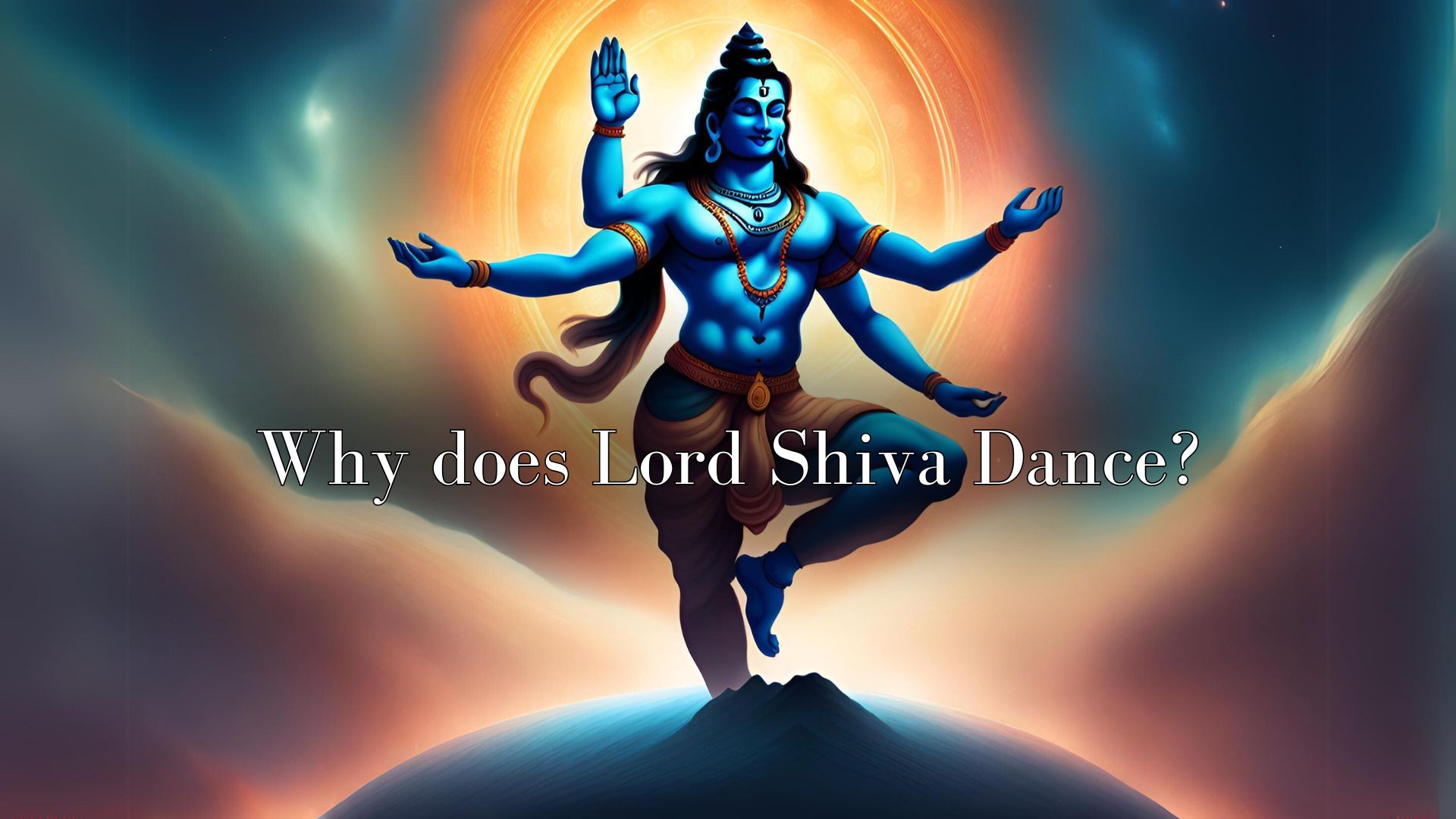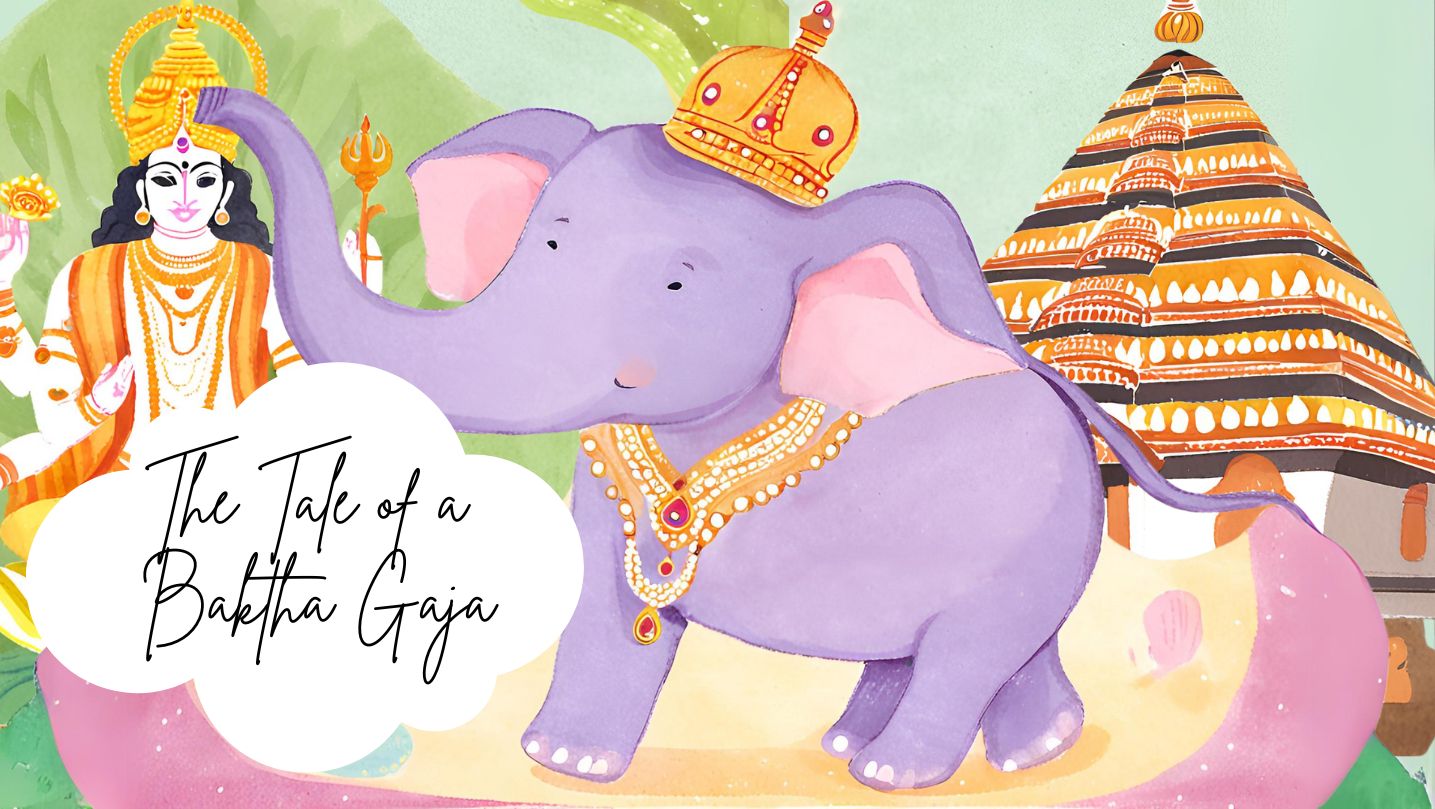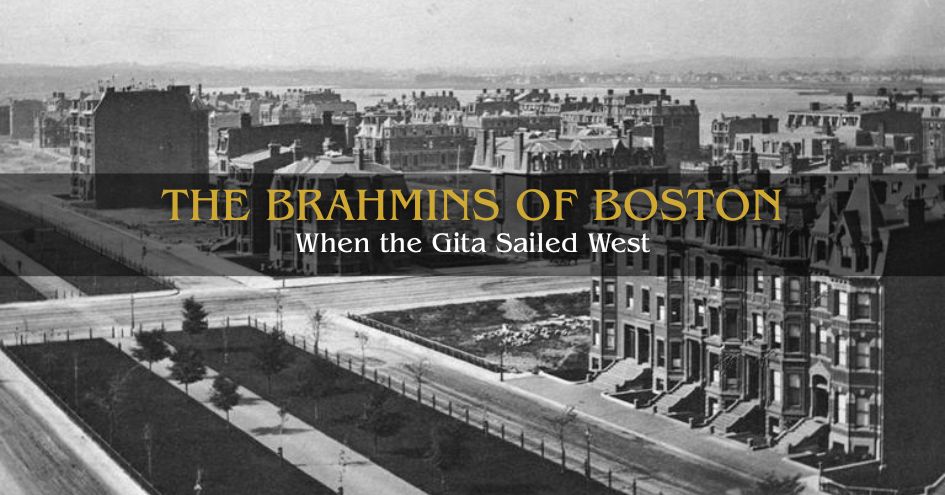
The Divine Dance of Lord Shiva: Nataraja's Enigmatic Rhythm
In the vast tapestry of Hindu ithihasa, few deities hold as much intrigue and fascination as Lord Shiva, the enigmatic god of transformation and destruction. Amidst the multifaceted facets of his divine persona, one stands out like a radiant gem - his cosmic dance, the Tandava or Nataraja. This captivating dance is a profound and mesmerizing spectacle that holds immense significance, both in spirituality and the world of art.
The Dance of Creation and Destruction
At the heart of Shiva's dance lies a profound cosmic truth - the eternal cycle of creation, preservation, and destruction. His dance is a rhythmic reminder that the universe, from galaxies to subatomic particles, is in a perpetual state of flux. It's a dance that symbolizes the ceaseless flow of time and the impermanence of all things. Shiva dances to remind us that all things, no matter how grand or humble, will eventually return to the cosmic dance.
The Nataraja: Lord of Dance
Shiva is not merely a deity who dances; he is the very essence of dance itself. As Nataraja, the Lord of Dance, Shiva represents the artistic and rhythmic dimensions of the universe. He is the patron deity of dancers, artists, and all those who seek to express the profound beauty of existence through movement and rhythm. Nataraja's form embodies the divine fusion of art and spirituality.
Tandava: The Dance of Dualities
Shiva's dance has two primary manifestations - Ananda Tandava and Rudra Tandava. Ananda Tandava, the dance of bliss, is a gentle and serene expression of creation's beauty. It represents the harmony inherent in the universe, a celebration of the creative forces that bring life into existence. In contrast, Rudra Tandava, the dance of anger, is a powerful and intense display of destruction's inevitability. It signifies the chaotic and turbulent aspects of the cosmos. Together, these dualities capture the essence of the universe's ever-shifting balance.
The Cosmic Stage: Chidambaram Temple
The cosmic stage for Shiva's dance is the sanctum sanctorum of the Chidambaram temple in South India. Within the temple, an empty space symbolizes the vast expanse of the universe, and it is believed that Shiva's dance unfolds here eternally. This sacred space is a reminder that the divine dance transcends physical boundaries, occurring at the very heart of the cosmos.
Celestial Companions in the Dance
While Shiva's dance is often depicted as a solitary act, it is not without divine company. Nandi, the loyal bull, and Ganesha, the wise elephant-headed god, are often portrayed alongside Shiva in his cosmic dance. These celestial companions add depth to the performance, emphasizing the interconnectedness of all beings and the divine synergy that underlies the dance of existence.
Embracing the Spectrum of Emotions
Shiva's dance is a profound expression of the emotional spectrum. In Ananda Tandava, there is a sense of calm and joy, a reminder of the beauty inherent in the creative process. Rudra Tandava, on the other hand, embodies intense emotions, symbolizing the transformative power of chaos and destruction. Through his dance, Shiva encourages us to embrace the full spectrum of human emotions and find balance within them.
In conclusion, Lord Shiva's cosmic dance, the Nataraja, transcends the boundaries of legends and art. It is a timeless symbol of the universe's rhythm and dynamism, an invitation to perceive the beauty in impermanence, and a call to harmonize with the ever-changing cosmic dance of life and death, creation and destruction.
NEXT ARTICLE

In the lush, green heart of Kerala lived an elephant who became a living legend - a tale of an elephant turned into a bakth. His name was Keshavan, bu...

Bharat has exploded onto the world scene and made global news with its hard-hitting “Operation Sindoor” that struck at the heart of terrorism and laun...

In the bustling age of global trade, Boston—a thriving port city on America’s eastern coast—stood tall as a beacon of commerce. In the early 18th cent...